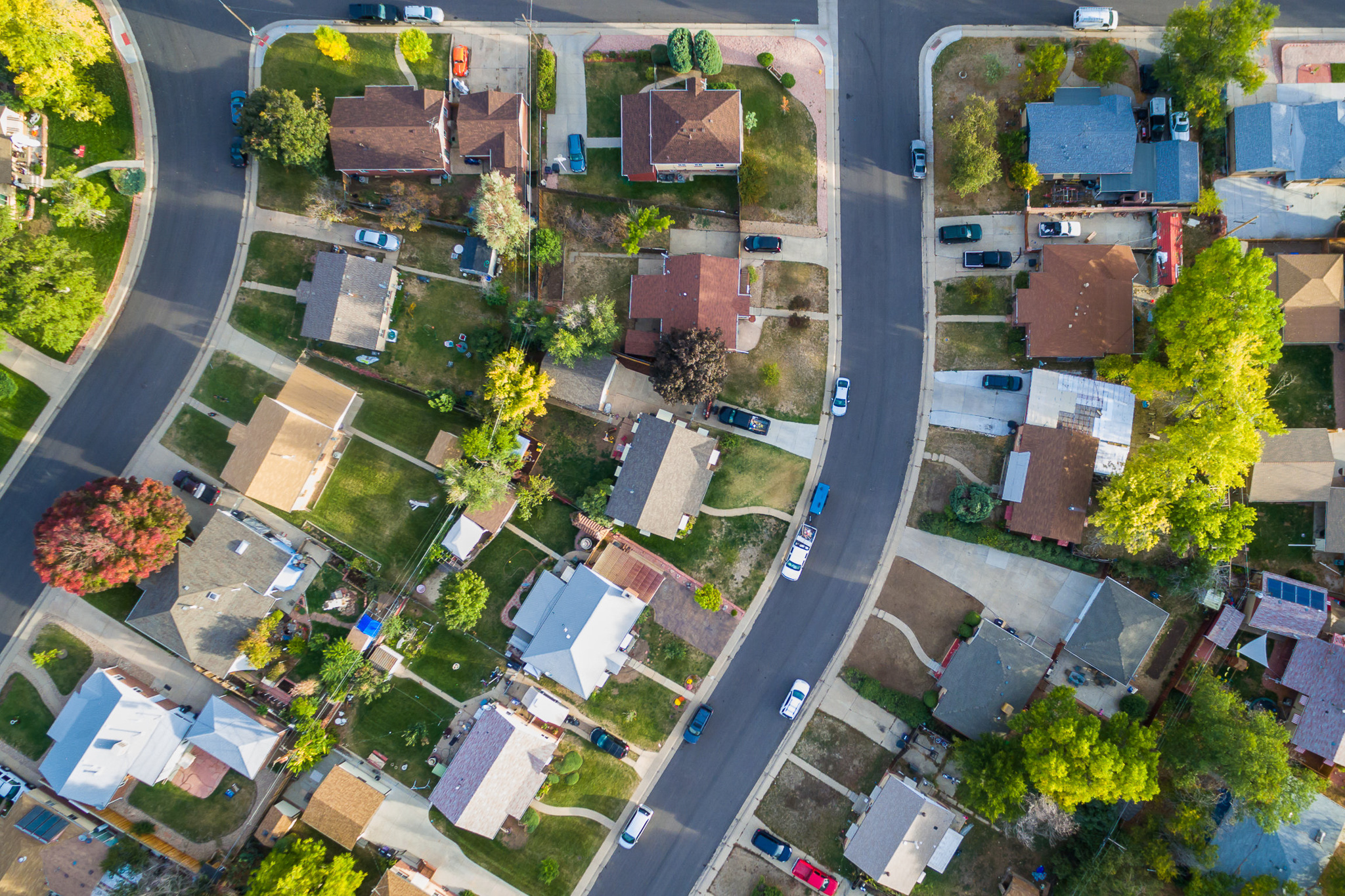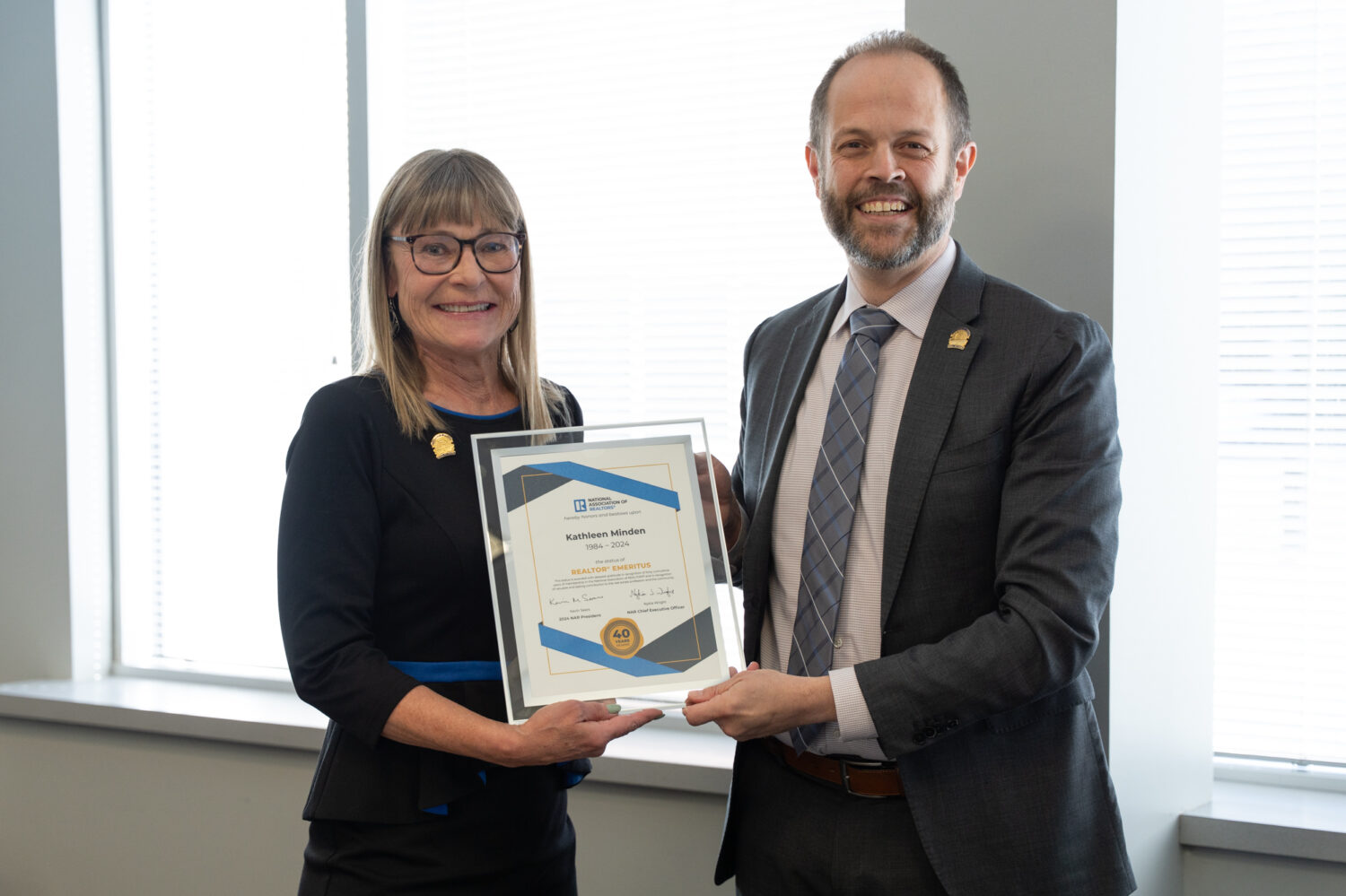
Catherine Mesick, REALTOR® Magazine
More communities are turning to land banks to help address vacant, abandoned, and tax-delinquent properties. Since 2010, over 200 land banks have launched nationwide, said Brian Larkin, director of the National Land Bank Network at the Center for Community Progress.
Land banks acquire and maintain distressed properties with the goal of transferring them back to responsible ownership and productive use, thereby aiding the revitalization of communities.
Larkin spoke on Tuesday at the National Association of REALTORS®’ “Land Banks: A Tool for Recovery and Stabilization” webinar. He presented the findings from NLBN’s “State of Land Banks” survey, which invited land banks throughout the U.S. to share their data to help assess the impact that the entities are having on vacant and abandoned properties. Sixteen states currently have comprehensive enabling legislation, which grants states the authority they need to intervene and act on tax-foreclosed properties, and an additional three have state enabling legislation, which supports actions by cities and counties. According to Larkin, states need more of both. “Land banks are public entities,” he said. “All action starts with the state, and that’s where we need to see legislation. State laws enable the processes that expedite and clear the titles to distressed property.”
Funding for land banks is another area where action is required. The survey found that 47% of land banks have a staff of one full-time equivalent employee or less. And 50% of land banks don’t have the data and software necessary to identify current and potential inventory. “There is a huge need here,” said Larkin. “Land banks are looking to chart their future, and they need greater resources.”
Three federal bills that have the potential to provide some of the much-needed funding that could help land banks carry out their work, Larkin said. The American Rescue Plan Act, enacted in March, includes $360 billion in funding for state, local, and territorial governments for economic relief; the recently introduced Restoring Communities Left Behind Act could offer up to $5 billion to address community distress; and the still-in-the-works National Land Bank Network Act could provide up to $60 million specifically for cash-strapped land banks. “These bills all represent ways in which creative funding can be available for land banks,” said Larkin. “These funds could be used to create vibrant communities.”
Other highlights from the survey:
- Land banks have a median of 40 properties but an average of 1,887 properties.
- Michigan and Ohio have the largest number of properties. In Ohio, Cleveland has 3,000, while in Michigan, Detroit has the most with 82,000.
- 87% of parcels held by land banks are vacant lots.
These vacant lots are where land banks can be particularly proactive partners, said Larkin. Land banks can help with strategizing—positioning properties to be the best value for the community around them. “We not only look at what is good for the individual property, but also what is good for the property right next to it. Land banks prioritize residents and the community around them.”
The webinar was the fifth in NAR’s six-part “Policy, Practice, Process: Transforming Neighborhoods Through Equitable Revitalization” series. Sign up for the final webinar here.
— Reprinted from REALTOR® Magazine Online, August 2021, with permission of the National Association of REALTORS®. Copyright 2021. All rights reserved.





